Discharge Treatment of“Three Wastes” in Rock Wool Production Line
Rock wool and its products do not cause environmental pollution themselves and do not harm the environment during use. However, some amount of waste gas, waste residue, etc., is inevitably produced during the manufacturing process of the rock wool production line, which must be taken seriously. The amount of exhaust gas produced during the product manufacturing process is relatively large, while the amount of waste residue generated is small.
Treatment of Exhaust Gases Generated by the Rock Wool Production Line
The exhaust gases in the rock wool production process mainly come from the cupola furnace, cotton collection conveyor, curing oven, cooling fan exhaust, and production line dust collection, etc.
The dust in the exhaust gas from the cupola furnace is mainly from a small amount of dust in the block raw materials and coke, and the unmolten ash in the coke, which is blown up at the smoke outlet. According to actual testing of cupola furnaces of the same type and scale, the maximum dust content at the smoke outlet of the cupola furnace does not exceed 1500mg/Nm’. The dust in the exhaust gas from the cupola furnace is treated by a cyclone heat exchanger dust collector for primary cyclone dust removal (efficiency 90%), incineration, heat exchange, bag dust collector (efficiency ≧98%) for secondary dust removal, desulfurization (efficiency up to 95%), and then discharged through a high-altitude chimney. The height of the chimney is 30 meters.
The dust content in the exhaust gas from the cupola furnace discharged through the chimney is much less than 20mg/Nm, with an emission rate of 0.26kg/h, meeting the requirements of the comprehensive emission standard for atmospheric pollutants for new pollution sources in Class III areas, for both the concentration and maximum allowable emission rate of general dust (120mg/Nm and 34kg/h, respectively).
The CO in the exhaust gas from the cupola furnace is completely converted to CO₂ after passing through the waste incineration device, and no NOx is generated in the exhaust gas from the cupola furnace.
Treatment of Wastewater Generated by the Rock Wool Production Line
Production water: The cupola furnace and the centrifuge each have their cooling water circulation system, with no discharge:
The wastewater with phenolic resin from the collection conveyor washing screen enters the water treatment system for filtration and then is sent to the adhesive system to prepare adhesives, with no discharge;
Domestic water enters the city's domestic sewage treatment system.
Treatment of Waste Residues Generated by the Rock Wool Production Line
The waste from the cupola furnace tapping, the slag balls separated during fiber forming, and the ash discharged by various dust collectors are re-added to the cupola furnace for melting after being processed with the waste briquetting device together with the raw materials in proportion.
The waste edge material from the production line and the filter material used by the dust collector can be crushed and recycled. They are transported to the collection conveyor by a special fan and then mixed with the freshly formed fibers to become part of the product. The small amount of molten iron periodically discharged from the cupola furnace can be recovered and sold.
Noise Prevention Design of the Rock Wool Production Line
The rock wool production line has several fans and an air compressor, all equipped with shock absorbers made of rubber or similar materials to reduce vibration and lower noise. The fan ducts are equipped with silencers, and the fans are arranged in the fan auxiliary room outside the workshop as much as possible, thereby reducing the noise in the working area. The noise level is 76-78dB at a distance of 3 meters from the production line, which complies with relevant standard regulations.
In summary, the discharge of "three wastes" (waste gas, wastewater, and waste residues) from the rock wool production line complies with national discharge regulations, and will not cause significant impact or harm to the environment.
Following the principle of "three simultaneities" (simultaneous planning, simultaneous implementation, and simultaneous operation of environmental protection measures along with production facilities), appropriate investments are made in environmental protection, safety, and sanitation facilities, providing reliable material guarantees for environmental protection.


 CN
CN
 EN
EN
 fr
fr  de
de  es
es  it
it  ru
ru  pt
pt  ar
ar  th
th  pl
pl  ro
ro 

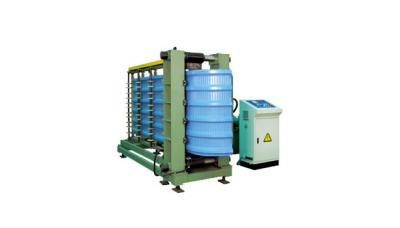
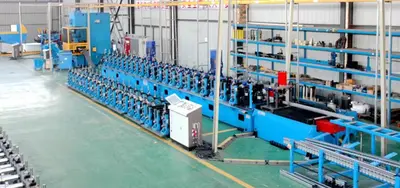
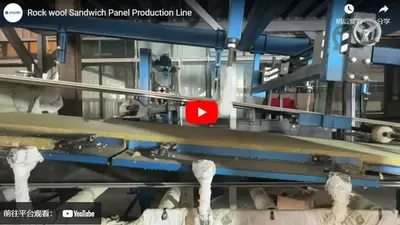
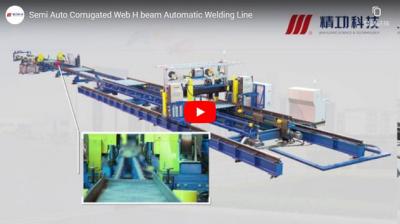
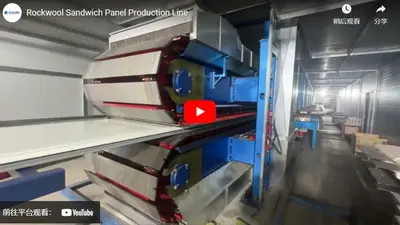

 Call us on:
Call us on:  Email Us:
Email Us:  #1809, Jianhu Rd, Keqiao, Shaoxing, Zhejiang, China
#1809, Jianhu Rd, Keqiao, Shaoxing, Zhejiang, China 